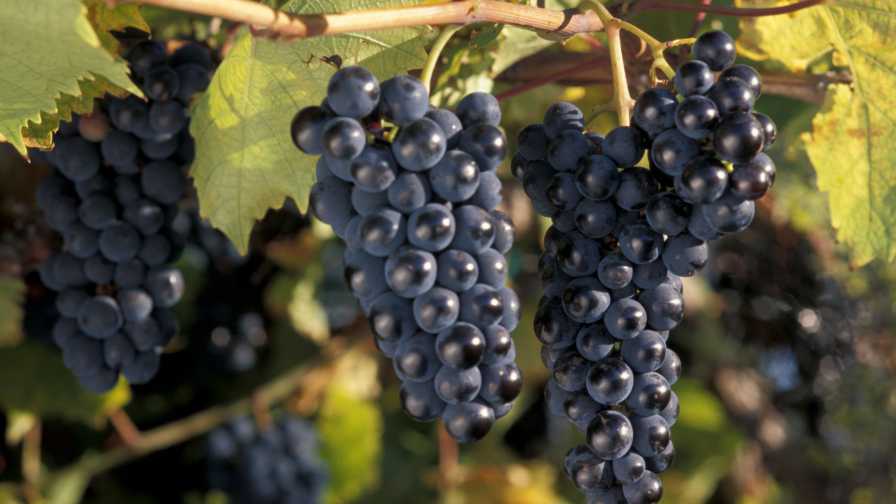Learn Pesticide Buzzwords
A pesticide is defined as a chemical used to destroy pests, control pest activity, or prevent damage pests may cause. Pesticides are one tool in our belts as part of an integrated pest management program. It’s important for pesticide applicators to know how to describe pesticides and their characteristics in order to make informed decisions. The list of terms associated with pesticides can be overwhelming and might take some time and experience to remember.
Types of pesticides vary by how they do their jobs. Any given pesticide will either be classified as contact or systemic. Contact simply means it kills the target pest on contact, while systemic means it is taken into the plant sap and transported to other parts of the plant. That same pesticide may either be persistent or non-persistent describing how long it can last in the environment. Many of the newer pesticides are non-persistent compared to some of the older pesticides.
Pesticides will either be unclassified or restricted use. Restricted use means that it could cause harm to humans or the environment unless applied by a licensed applicator.
Looking At Labels
The pesticide label may be the most important item to be familiar with as a pesticide applicator. Many people do not know there may be more to the label than what is stuck on the container. There is a difference between the label and labeling. The label is attached to the container while labeling is additional information that may be provided by the supplier. It’s important to keep both the label and labeling. There are many parts to a pesticide label. Some might have labels as long as books, while others may be just a couple of pages. When looking at the ingredients, the active ingredient is the one that controls the pest while inert ingredients are there to help the active ingredient do its job.
Perhaps the most crucial label components are the precautionary statements or signal words that appear on the label’s front panel. Precautionary statements or signal words are used to tell you the toxicity of a pesticide. There are three main signal words: “Caution,” “Warning,” and “Danger.” Caution means slightly toxic; warning means moderately toxic; and danger means highly toxic. Sometimes a skull-and-crossbones image and the word “poison” will accompany the word “danger” and is required if the pesticide is likely to cause acute illness through swallowing, skin absorption, or breathing in vapors.
Even when pesticide applicators follow safety instructions on the label, accidents do happen. It’s important to recognize the four main ways exposure can occur. These include: ocular (through the eyes), dermal (through the skin), inhalation (breathed in), and oral (through the mouth). The most common type of exposure occurs through the skin and is most common when using oil based pesticides.
Full Exposure
There are different types of pesticide exposures. The term acute is used to describe exposure that appears almost immediately, usually within 24 hours of exposure. Delayed effects do not appear until 24 hours after exposure and are usually caused by repeated exposure over a long period of time, or a single exposure where the person’s reaction is delayed. Hazard level is not just how potent a chemical is, but takes into account the length of exposure. So, hazard level = toxicity x exposure. Sometimes harmful effects may be apparent in some people but not others. This is usually the cause of an allergic reaction where the person is allergic to a carrier or other part of the chemical mixture.
Time restrictions are set in place to protect workers and handlers of pesticides as part of the Worker Protection Standard (WPS). The pre-harvest interval (PHI) is the amount of time between the last application of the chemical and harvest of a food crop. The re-entry interval (REI) keeps employees from entering areas where pesticides have been sprayed. An easy way to differentiate the two terms is that PHI protects consumers who will eat the food, while REI protects employees working in the field. Both restrictions can be found on the label. Finally, the tolerance is the amount of a chemical that can legally remain on a food or feed product.
On The Move
There are many terms associated with pesticides in the environment. They can drift offsite by moving through air or move through water in a number of ways. There are two main types of pollution: point source and non-point source. Point source pollution comes from a specific identifiable place whereas non-point source comes from a wide area. Agricultural operations often are considered non-point source pollutants.
There are several factors that affect pesticide movement to groundwater. These include solubility, which is how easily a pesticide dissolves in water; adsorption, which is how tightly they attach to soil particles; persistence, which is how fast it breaks down in the environment; and how much residue or the part that remains left behind.








